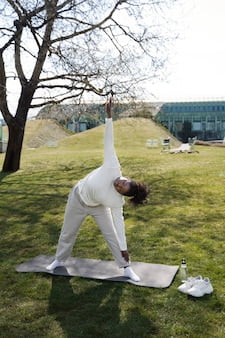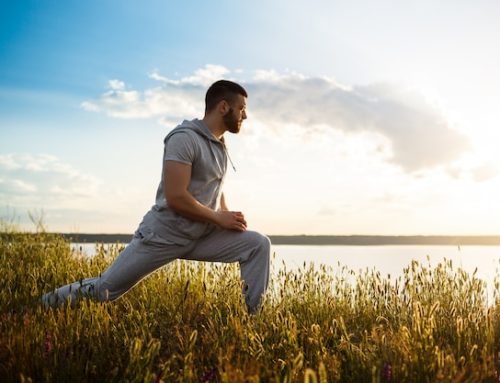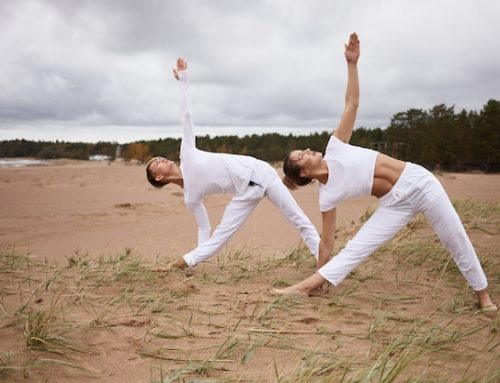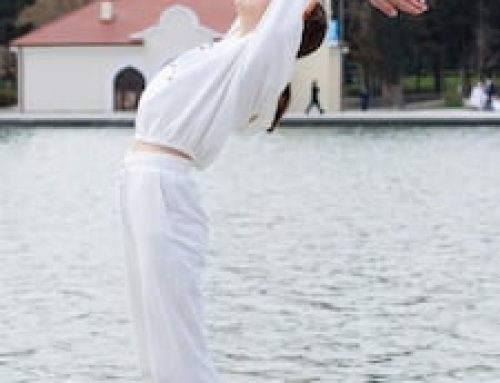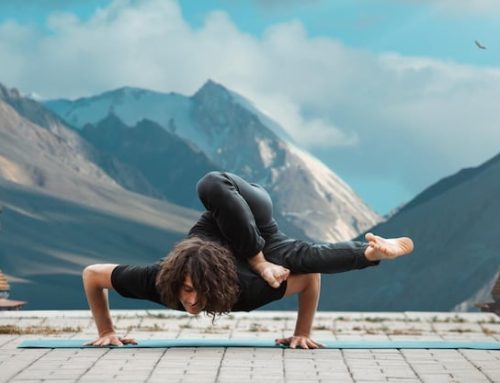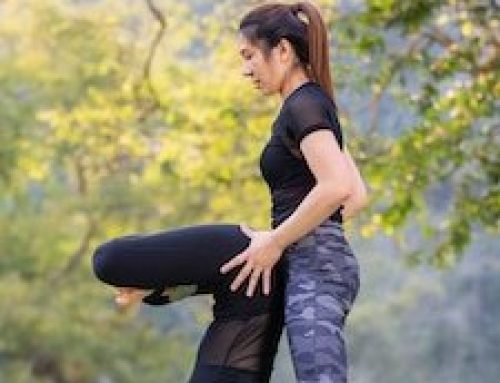The Benefits of Tai Chi
Tai Chi is an ancient Chinese martial art that is now practised all over the world. It is a gentle form of exercise that involves slow, flowing movements that help to improve balance, flexibility, and overall physical and mental health. Tai chi is also known as “moving meditation” because it promotes a sense of inner peace and calmness.
Numerous studies have shown that tai chi can offer many health benefits, including improving cardiovascular health, reducing stress, and easing chronic pain. It can also help to improve balance, which is particularly beneficial for older adults who are at a higher risk of falls. In addition, tai chi has been shown to improve sleep quality and reduce the risk of depression and anxiety.
Tai Chi with or without Shoes?
One of the most common questions that people ask about tai chi is whether they should do it with or without shoes. The answer is that it largely depends on the individual and their personal preferences. Let’s take a look at the pros and cons of each.
Tai Chi with Shoes
Some people prefer to do tai chi with shoes because it provides more support and stability. This can be particularly beneficial for those who have foot problems or are prone to losing their balance. Wearing shoes can also help to protect the feet from rough or uneven surfaces, particularly if you are practising outside.
However, it is important to choose the right shoes for tai chi. Shoes that are too heavy or restrictive can limit your movements, which can be counterproductive. Ideally, you should choose lightweight, flexible shoes that allow your feet to move and flex naturally. Avoid shoes with thick soles or high heels, as these can throw off your balance and alter your posture.
Tai Chi without Shoes
Many practitioners of tai chi prefer to do it barefoot. This is because it allows them to connect more fully with the ground and to feel the sensations in their feet. It also allows for greater flexibility and freedom of movement.
Doing tai chi barefoot can be particularly beneficial for improving balance and proprioception, which is the sense of where your body is in space. It can also help to strengthen the feet and improve foot health.
However, there are some downsides to doing tai chi without shoes. For one, it can be uncomfortable if you are practising on a hard or rough surface. It can also be more challenging to maintain your balance on slippery or unstable surfaces, particularly if you are a beginner.
The Verdict
In the end, whether you choose to do tai chi with or without shoes comes down to personal preference. Some people find that shoes provide more stability and support, while others prefer the freedom and flexibility of doing it barefoot.
If you do choose to wear shoes, make sure that they are lightweight and flexible, and that they allow your feet to move naturally. If you choose to go barefoot, be sure to find a comfortable, soft surface to practise on.
Regardless of how you choose to do tai chi, the most important thing is to enjoy the practice and to reap the many physical and mental health benefits that it provides.
